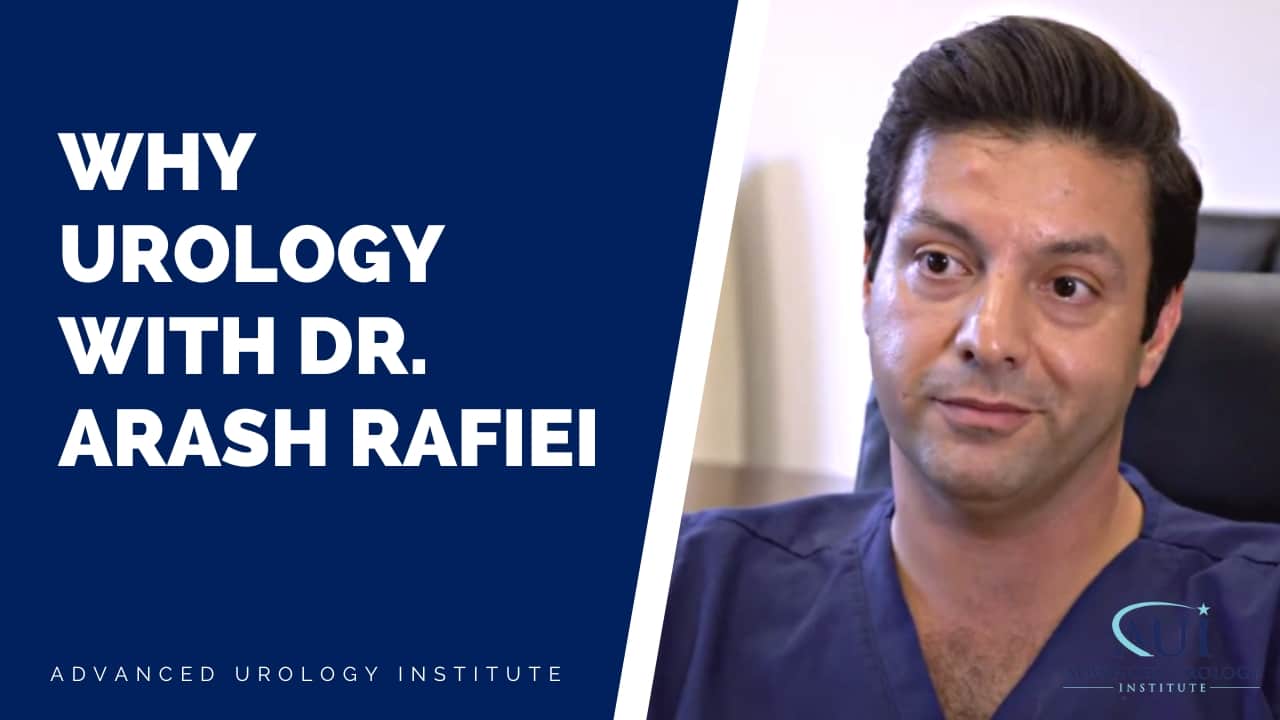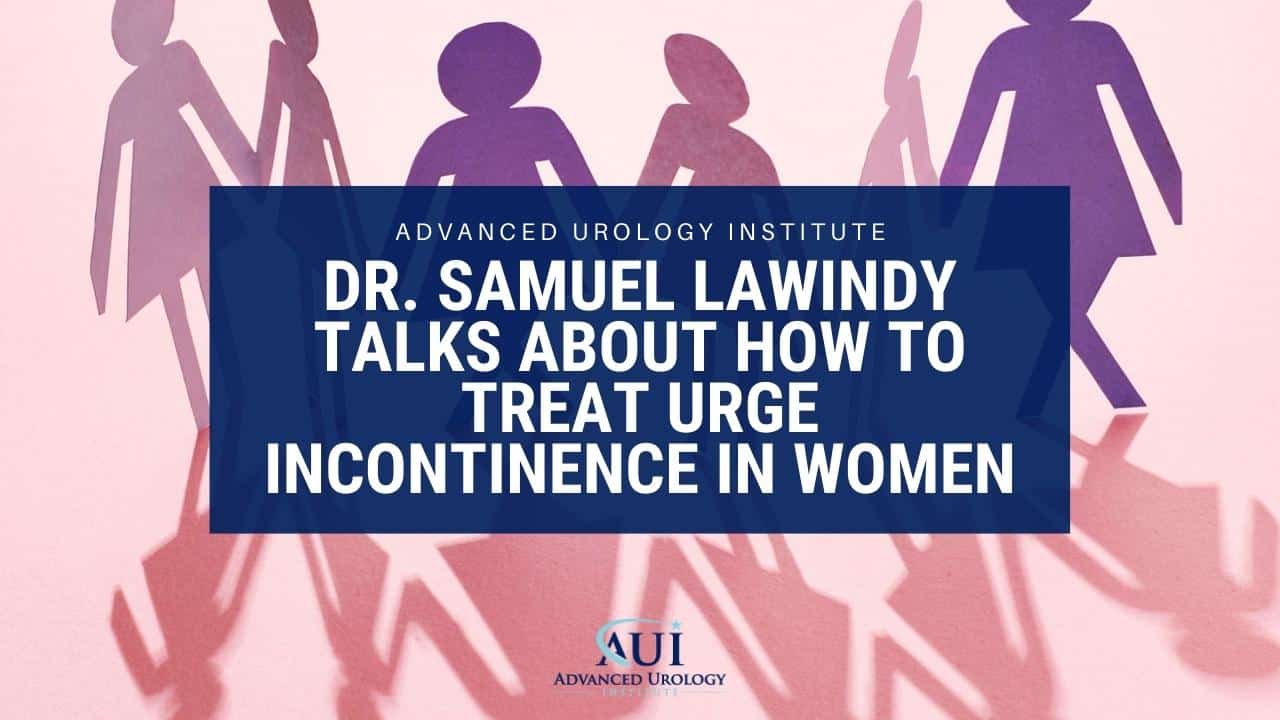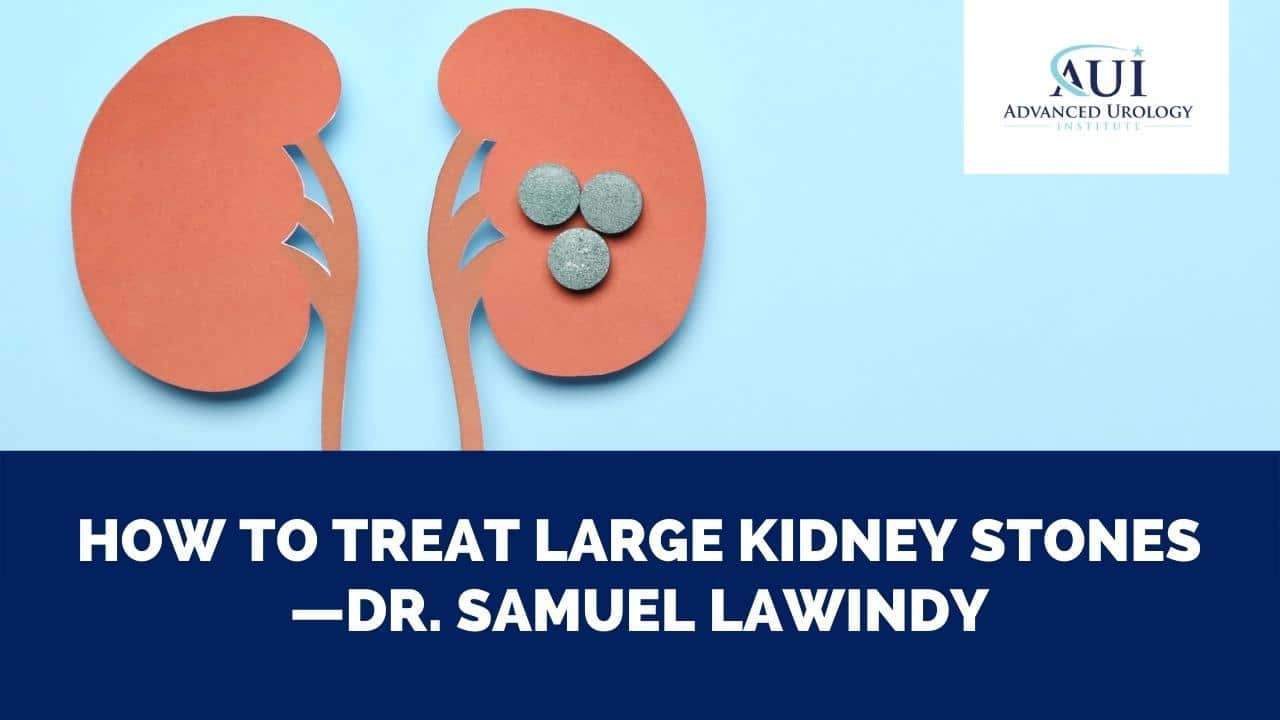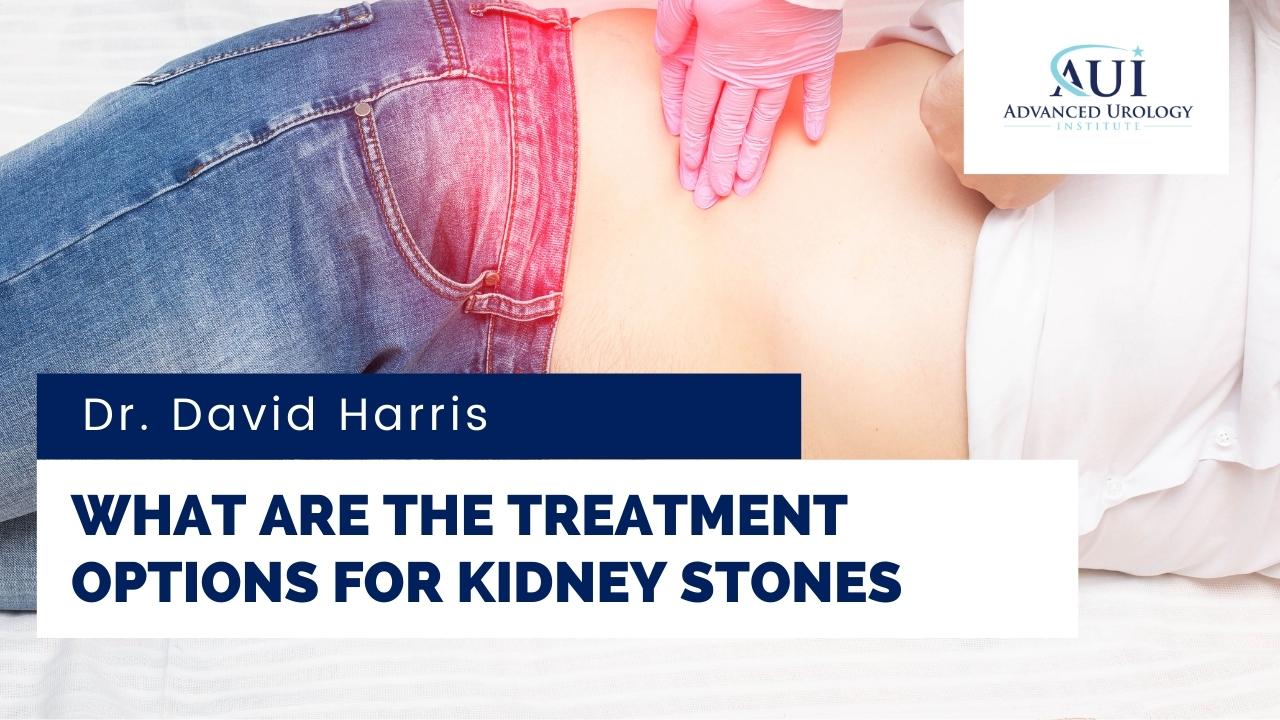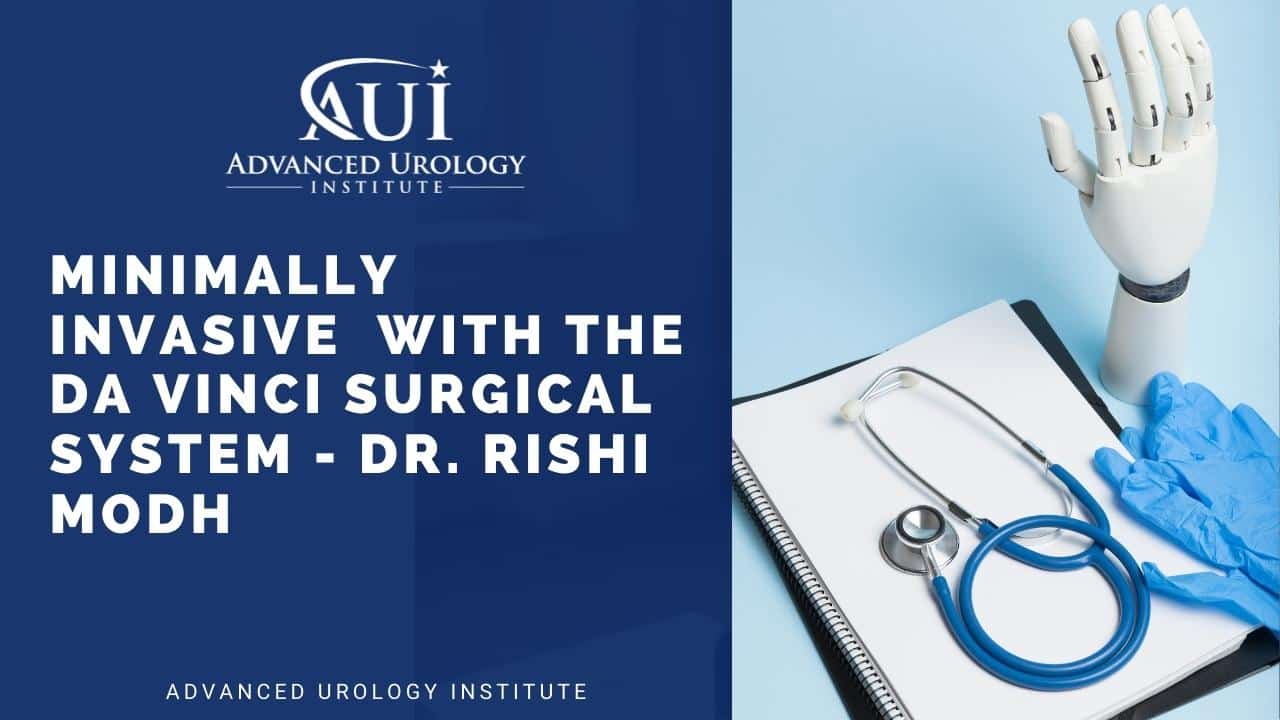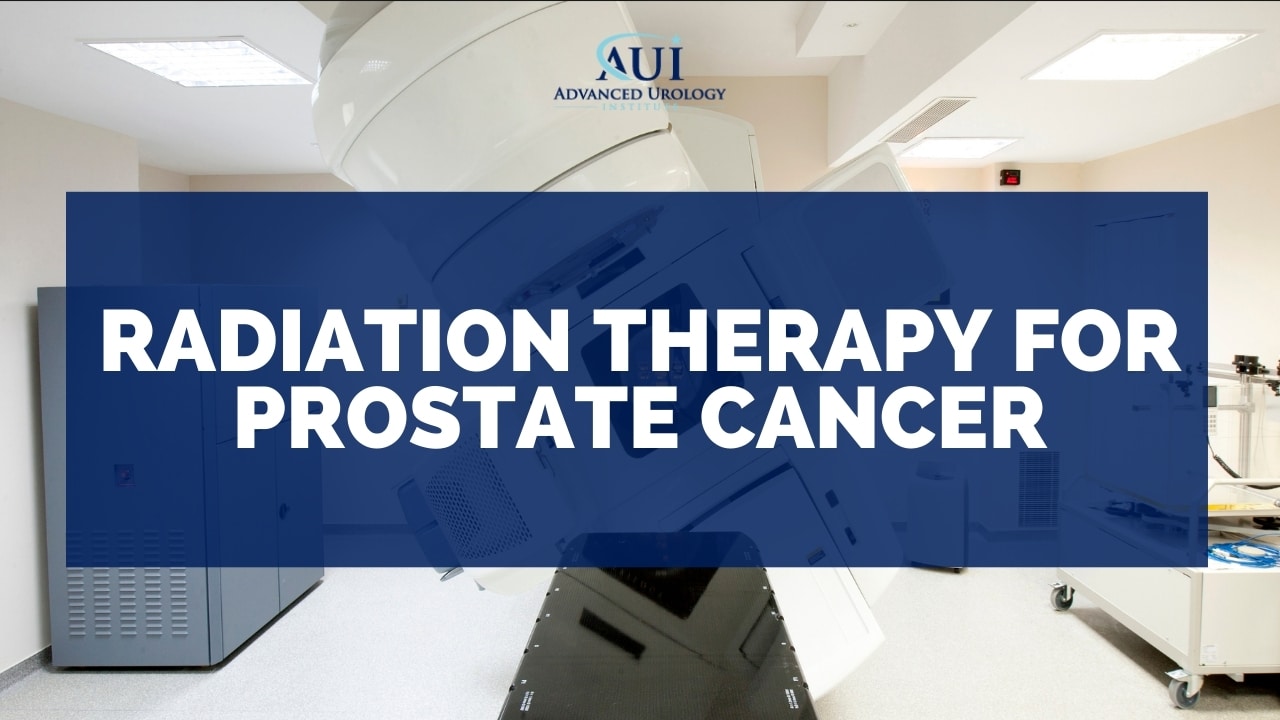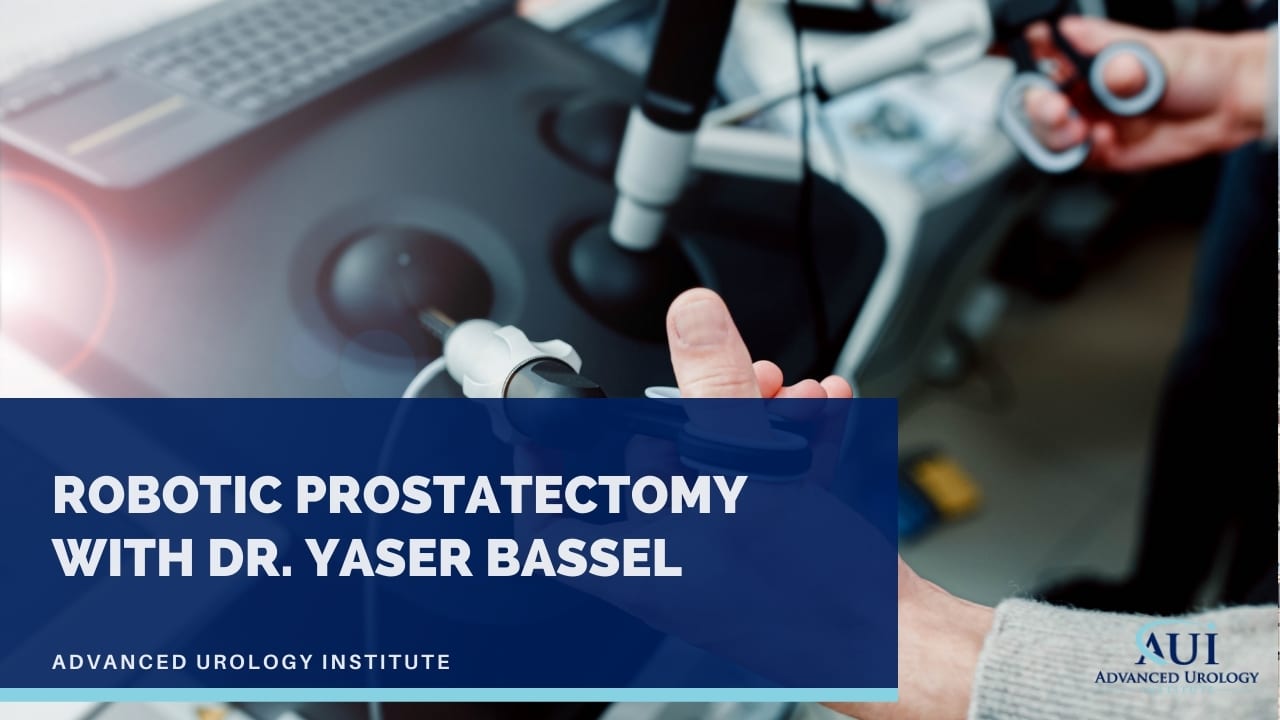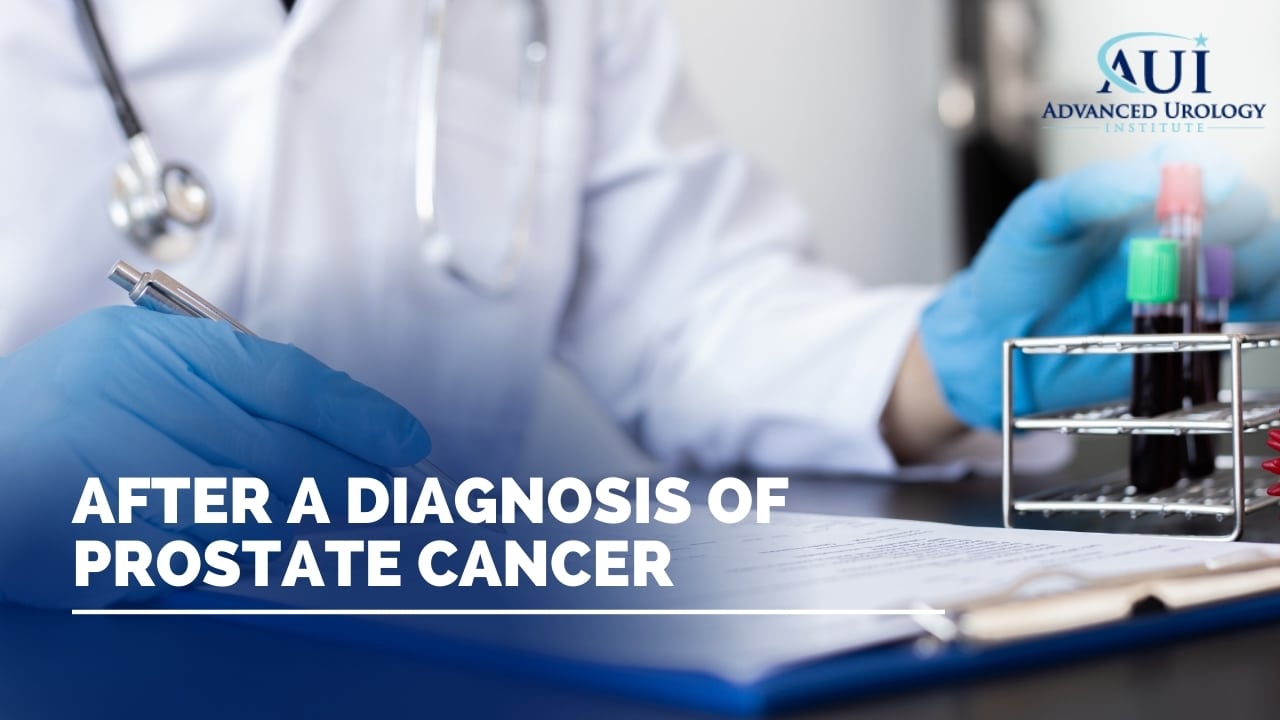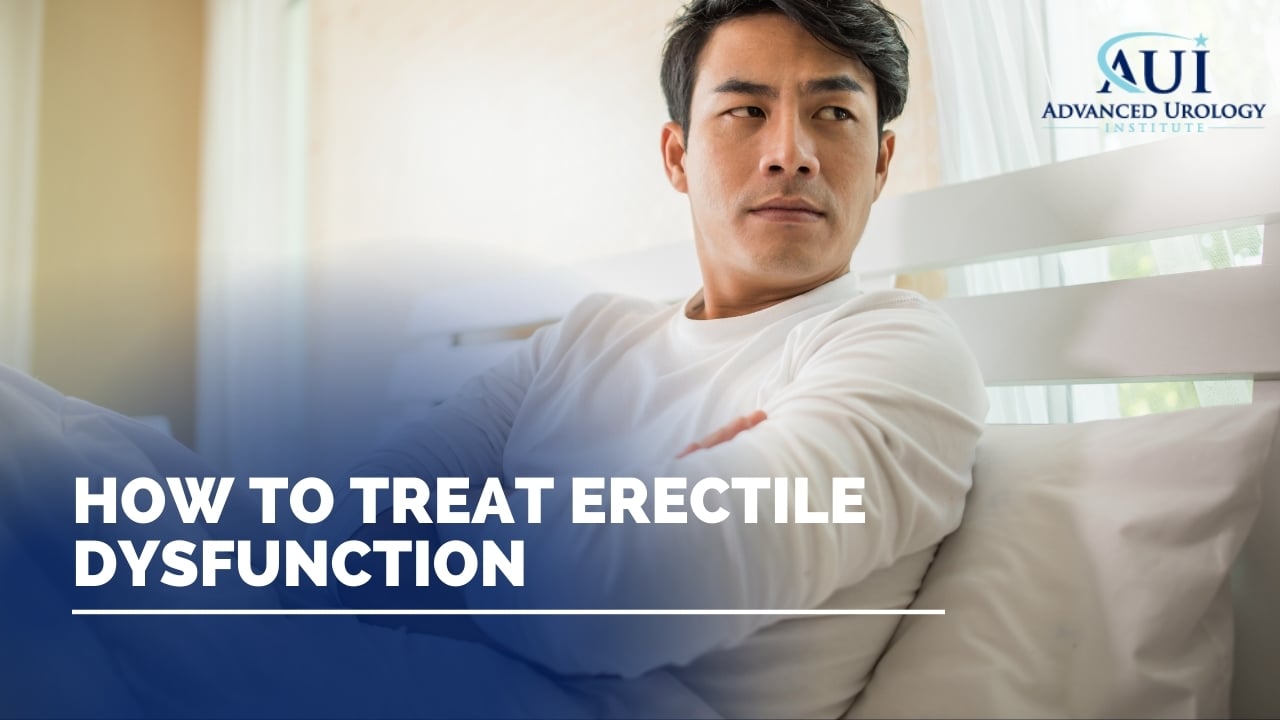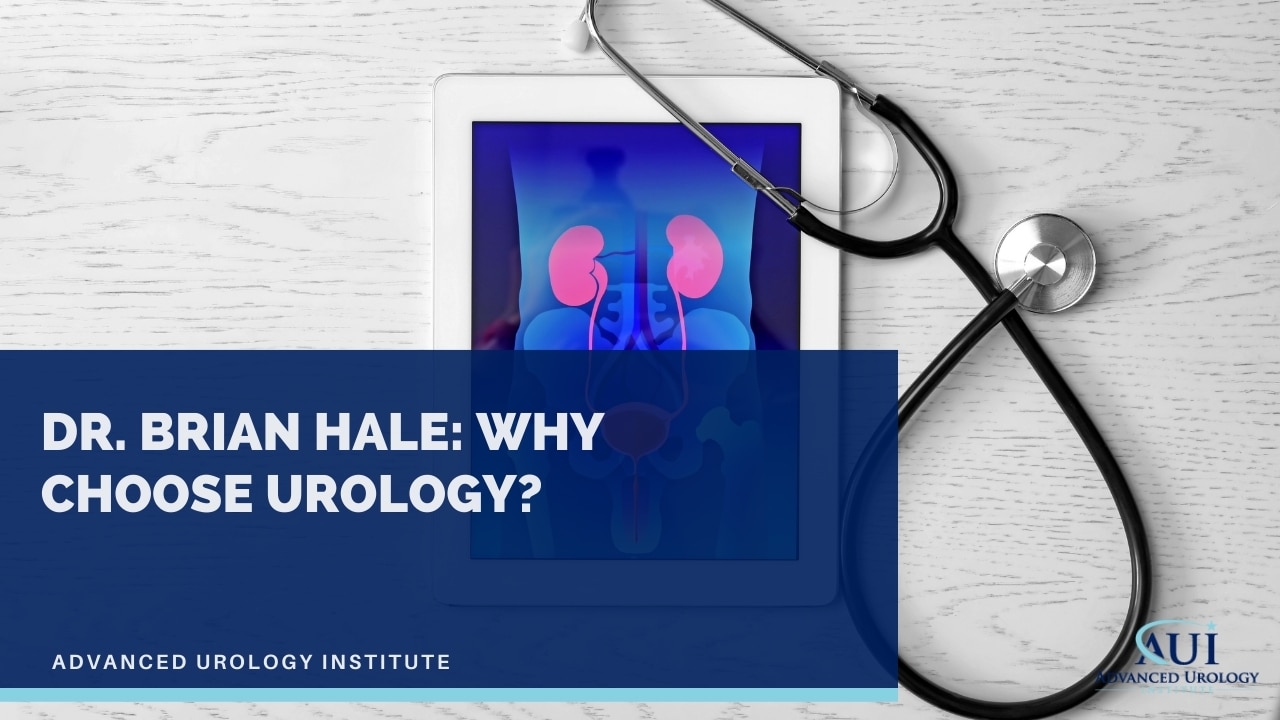Arash Rafiei, a board-certified urologist, discusses the diverse nature of his profession and the importance of staying current with technology advancements. He emphasizes that urology involves a mix of both surgery and medicine.
Continue readingDr. Samuel Lawindy Talks About How to Treat Urge Incontinence in Women
What are the most common types of prostate disease?
The prostate gland, simply called the prostate, is a small, walnut-sized gland found at the base of the bladder of the male reproductive system. The prostate produces an alkaline fluid that leaves the urethra during ejaculation and helps
Continue readingCan Dr. Samuel Lawindy provide treatment for large kidney stones?
What are the treatment options for kidney stones?
Not many medical problems are as frustrating and as unbearably painful as kidney stones. With urinary stones, you experience a severe, sharp pain in your side and back. The pain comes in waves, fluctuates in intensity, and radiates to the lower abdomen and groin.
Continue readingIndividualized Treatment for Prostate Cancer – Dr. Rishi Modh
“Prostate cancer has to be an individualized conversation.” says Dr. Rishi Modh of Advanced Urology Institute in St Petersburg, FL.
Continue readingMinimally Invasive Robotic Surgery with the da Vinci Surgical System – Dr. Rishi Modh
My name is Rishi Modh, I’m a board certified urologist with Advanced Urology Institute. My favorite part of the practice is doing robotic surgery. I really enjoy using the da Vinci Robot to treat peoples problems in a minimally invasive way. And
Continue readingWhat Are the Side Effects of Prostate Cancer Treatment?
Common Female Urology Problems
My name is Yaser Bassel, I’m a board certified urologist with Advanced Urology Institute. We see a lot of women, in particular for issues with incontinence or involuntary loss of urine. And there are multiple reasons for having that
Continue readingRadiation Therapy for Prostate Cancer
My name is Yaser Bassel, I’m a board certified urologist with Advanced Urology Institute. With Radiation Therapy there are different means of administering radiation, there are seeds that can be implanted, there’s external beam radiation therapy and sometimes radiation
Continue readingWhat is Robotic Prostatectomy According to Dr. Yaser Bassel?
My name is Yaser Bassel, I’m a board certified urologist with Advanced Urology Institute. When you’re talking about robotic prostatectomy we typically lean towards doing that with younger patients who have a long life expectancy. And those patients that we
Continue readingAfter a Diagnosis of Prostate Cancer
My name is Amar J. Raval and I’m with Advanced Urology Institute. If you’re young and you have newly diagnosed prostate cancer, I’m definitely more aggressive in that regard offering treatment options whether it’s a radical prostatectomy or any
Continue readingWhat Common Surgeries Does Dr. Brian Hale Perform?
Dr. Brian Hale of Tampa, FL discusses the common surgeries he performs including kidney stone removal, prostate surgery, and cancer treatment.
Continue readingHow to Treat Erectile Dysfunction with Dr. Rolando Rivera?
Are you having problems getting and keeping an erection for enjoyable and satisfying sexual intercourse? If so, you are not alone. And you shouldn’t be worried if it happened once or occurs rarely. Any man can have an occasional
Continue readingWhy Did Dr. Brian Hale Choose Urology as a Specialty?
Dr. Brian Hale: One of the nice things about urology is that most of the patients we see we can actually treat and help.
Continue reading


